Alternative locations for the 2024 Oriental Spiritual Painting International Tour Exhibition
Leonardo da Vinci
Leonardo da Vinci, as one of the most iconic figures of the Renaissance, is world-renowned for his painting attainments, scientific research and innovative achievements. His talent and originality surpassed that of many of his peers in his time, and his works and ideas continue to have a profound impact on people to this day.
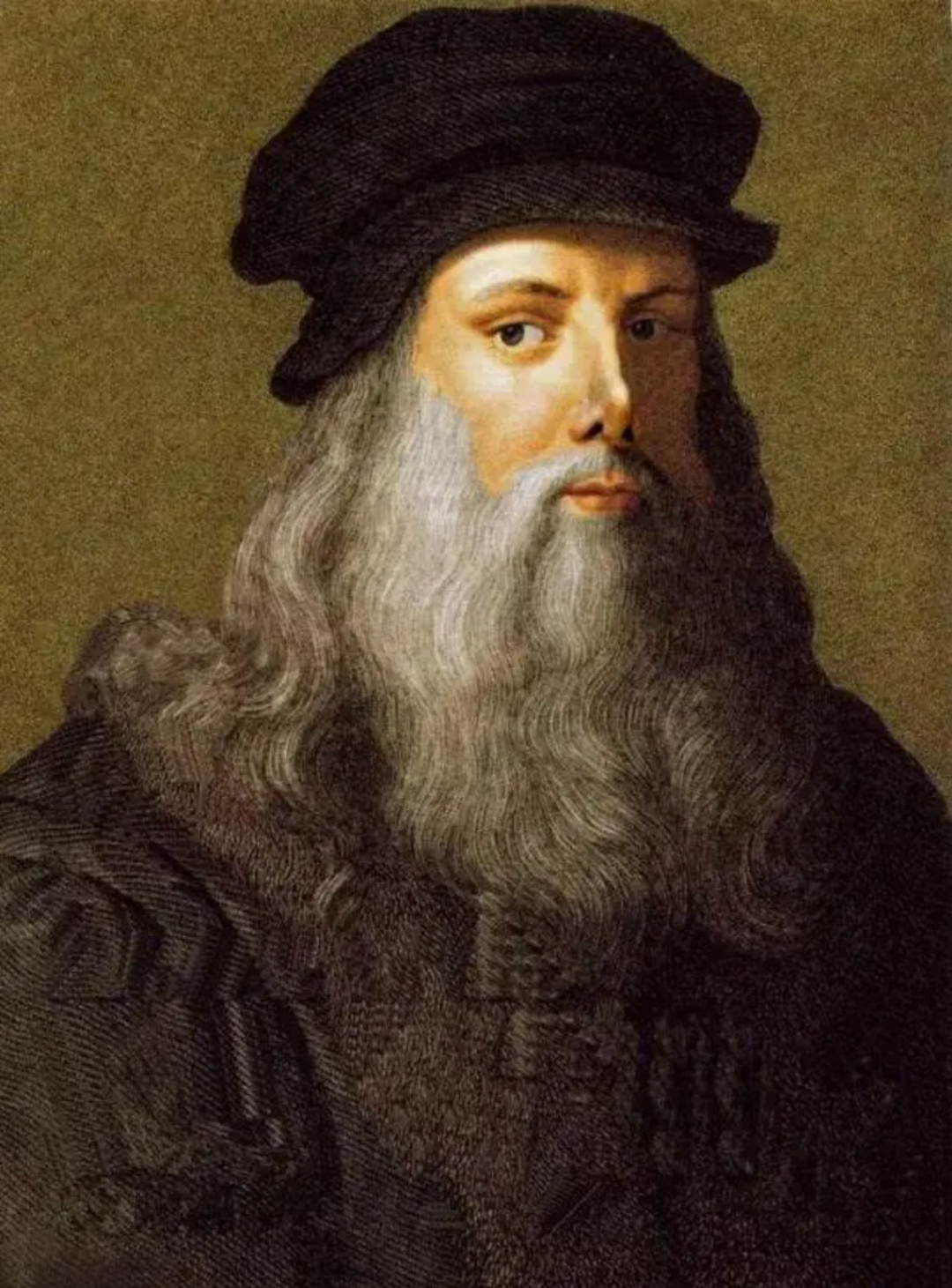
Leonardo da Vinci portrait in the Uffizi Gallery
Life and background
On April 15, 1452, Leonardo da Vinci was born in Vigneone, a small town in Tuscany, Italy. His father was a notary and his mother was a farmer. Because his parents were not officially married, Leonardo was legally considered an illegitimate child. He received basic education and artistic training in his hometown. His talent first emerged at a young age. His keen observation of the natural world and his excellent painting skills attracted the attention of the well-known local artist Andrea del Varrocchio. Under Varrocchio's tutelage, Leonardo da Vinci studied painting and sculpture techniques in depth and quickly demonstrated his talent and creativity.
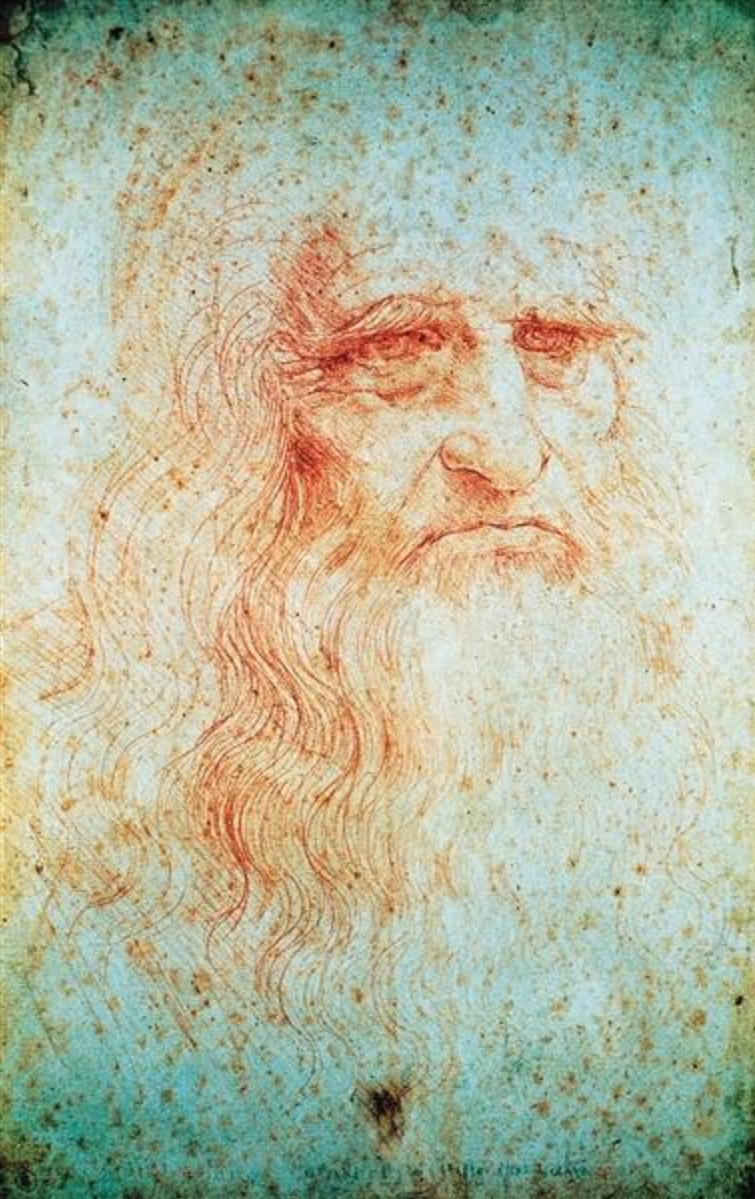
Leonardo da Vinci's "Portrait of Turin"
Creation time: about 1513
Artistic contributions
(1) Fade out method
Leonardo da Vinci emphasized that artists should take nature as their teacher and pursue harmony and unity with nature. He is well versed in the interrelationship between art and science, and created a unique technique called the "fade-out method", which uses blurred outlines and soft colors to blend one shape into another, showing the subtle inner activities of the characters. This method perfectly combines art and science, demonstrating his pursuit of exquisite craftsmanship and outstanding innovative spirit.
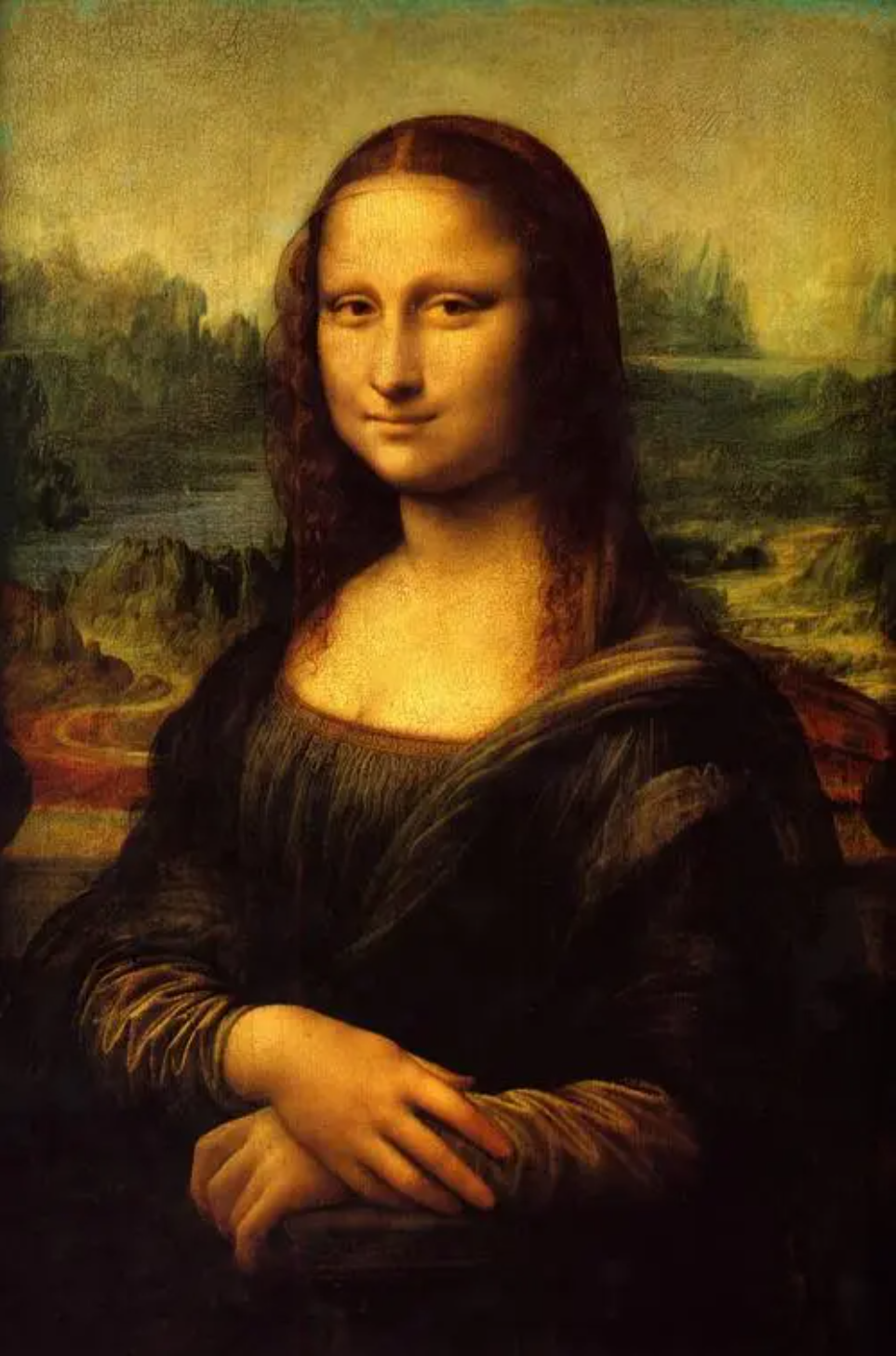
Leonardo da Vinci "Mona Lisa"
Creation time: about 1503-1506
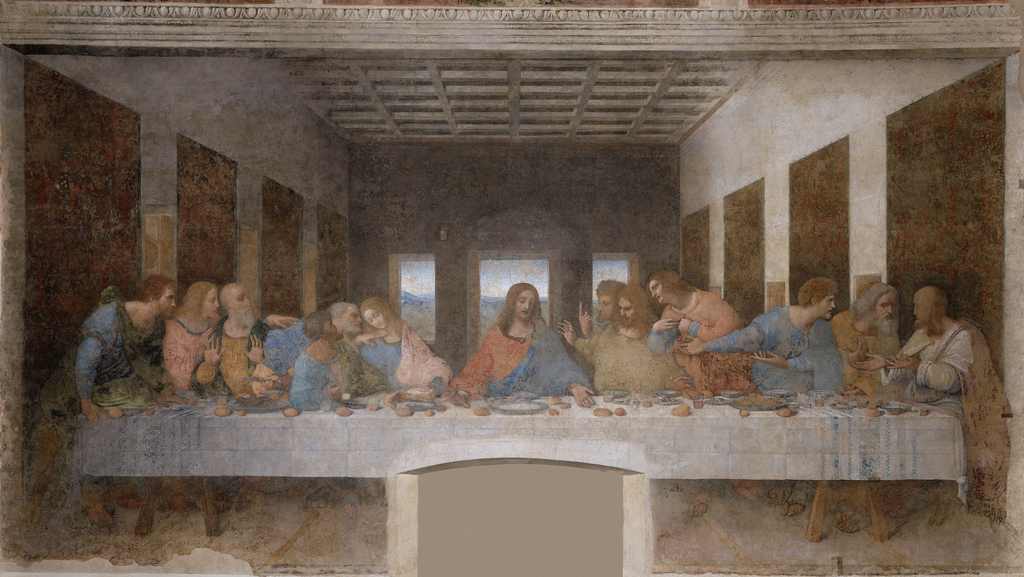
Leonardo da Vinci's "The Last Supper"
Creation time: 1495-1498
(2) Smudge coating method
Leonardo da Vinci used the "sfumato" method (aerial perspective) to softly depict the outline and tone of objects, making the picture more natural, three-dimensional, full of light and atmosphere. The "sfumato method" allows the characters to bathe in the clear air, and the perspective relationship of the painting becomes more correct and perfect. Its essence is that the combination of virtual and real creates a delicate artistic conception, which is close to the "poetic" mist. The brushstrokes of the painting are hidden, and the broadsword is hidden to reveal the texture of the paint. The relationship between atmosphere and color is visually expressed with light texture and high transparency.

Leonardo da Vinci's "Head of a Young Woman with Tousled Hair (Leda)"
Creation time: about 1506 – about 1508
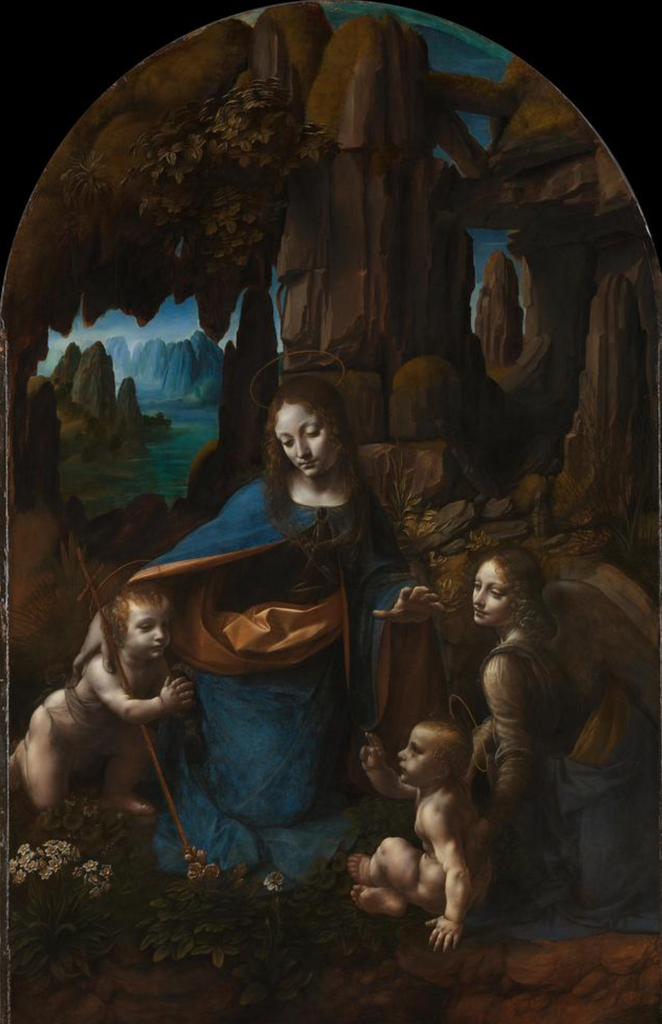
Leonardo da Vinci's "Madonna of the Rocks"
Creation time: 1483-1490
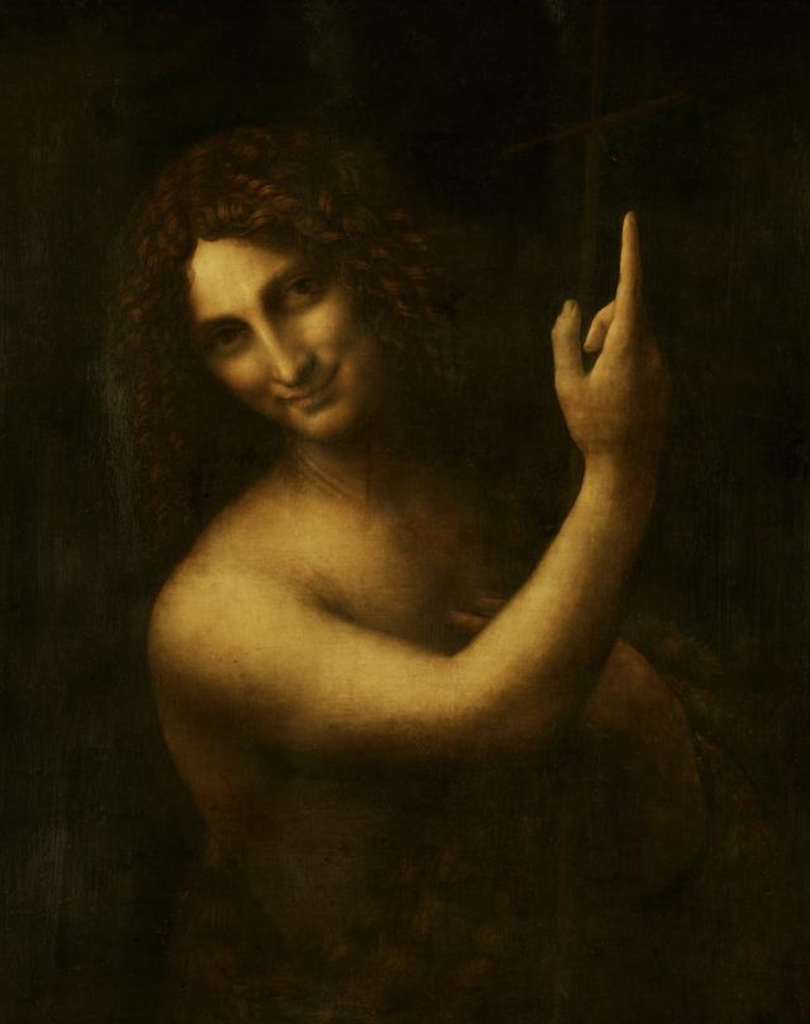
Leonardo da Vinci's "Saint John the Baptist"
Creation time: 1513-1516
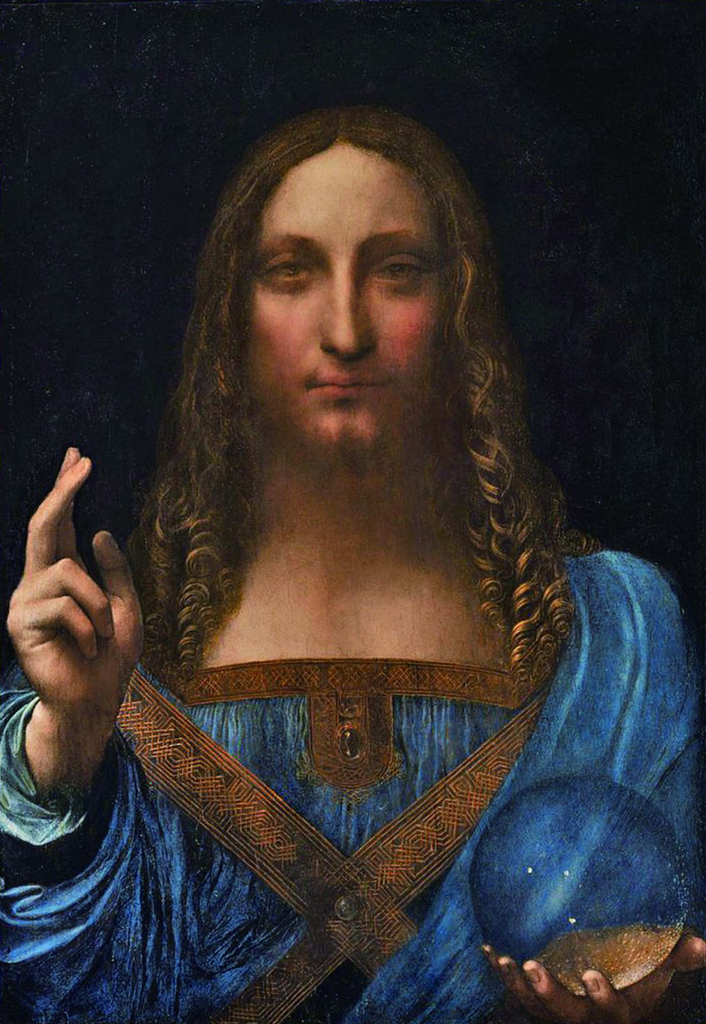
Leonardo da Vinci's "Salvator Mundi"
Creation time: 1500

Leonardo da Vinci "Portrait of a Musician"
Creation time: 1485
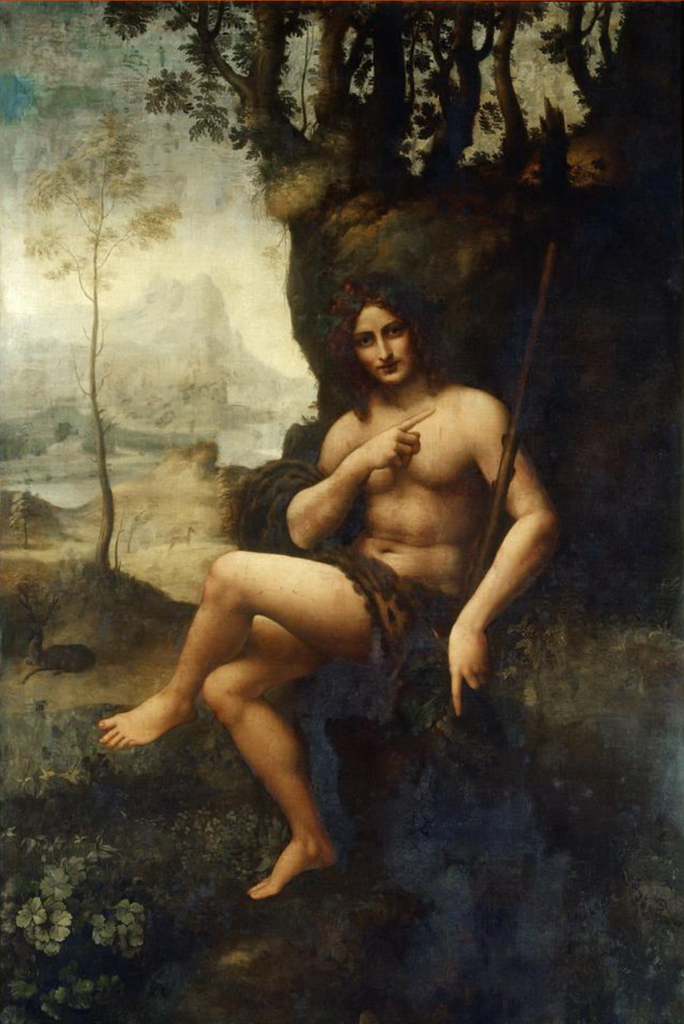
Leonardo da Vinci's "Bacchus"
Creation time: 1485
Leonardo da Vinci was a unique genius whose talent and creativity transcended the limitations of the times and became an immortal symbol of art and science. His legacy not only includes many outstanding works of art and technological innovations, but also a spirit of independent thinking and pioneering innovation. This spirit will continue to inspire the development of art and science and contribute to human progress.
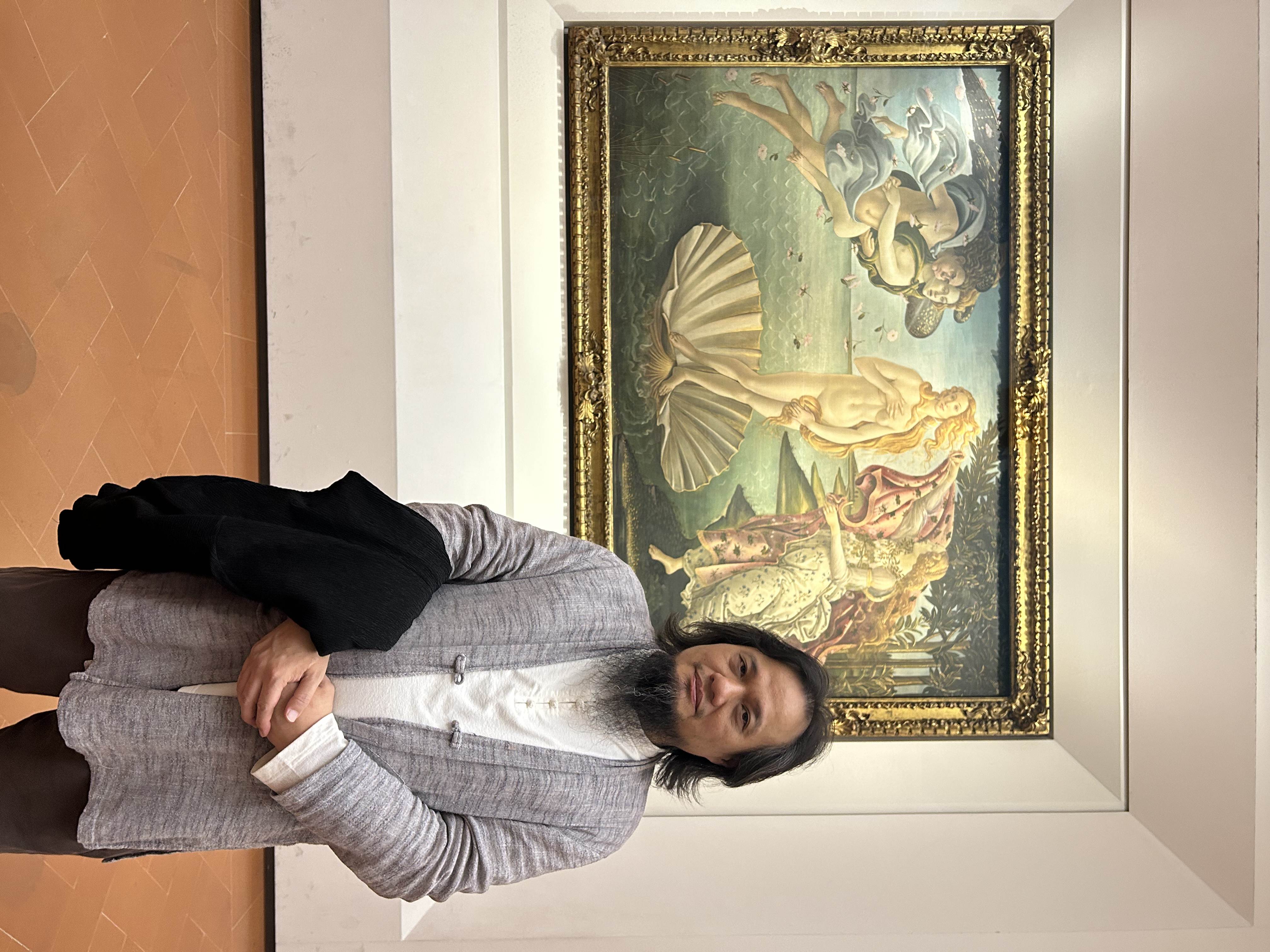
Mr. Wu Keyang in front of Botticelli's "The Birth of Venus"
Appreciation of works
Appreciation of works
Wu Keyang's "Oriental Spiritual Painting"
Integrating the profound heritage of oriental traditional culture
The painting style is spiritual and spiritual.
High dimensions present the origin and meaning of life
Seek the essence of everything in the universe
And the awareness and perception of each life at the moment
This triggers the viewer to return to their innermost thoughts.
Unique in exploring contemporary spiritual aesthetics
—Oriental Spiritual Painting—
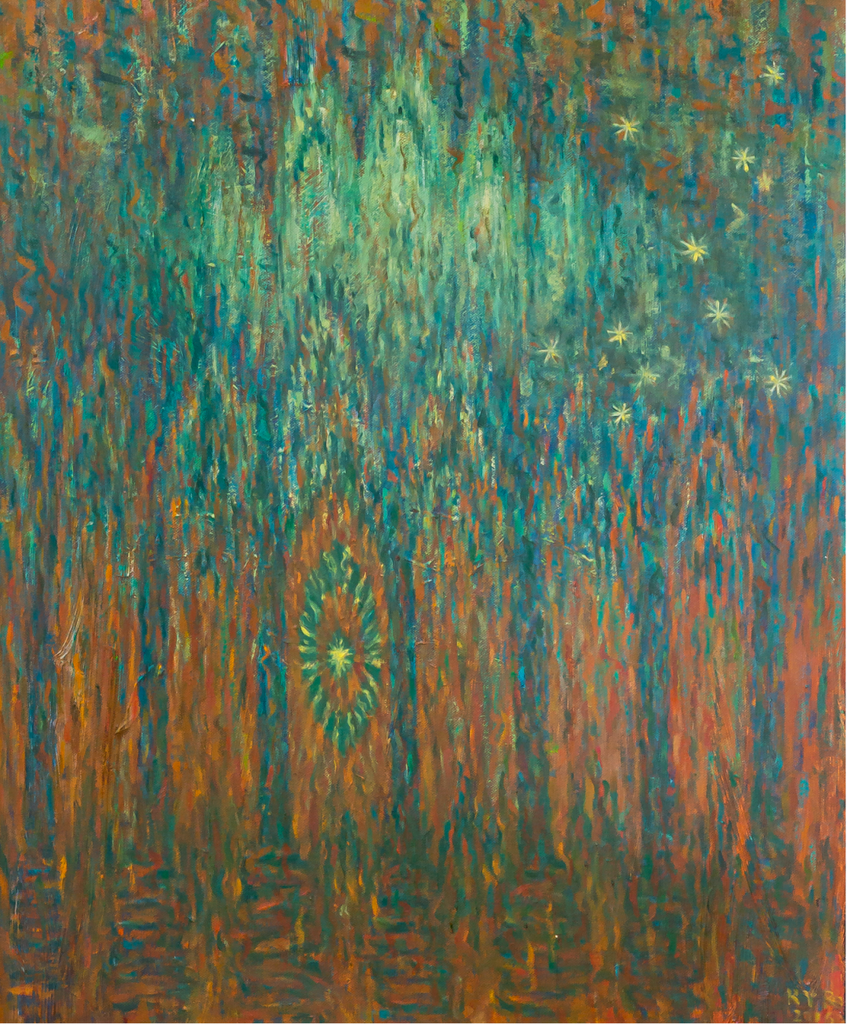
Oil painting "Skylight"
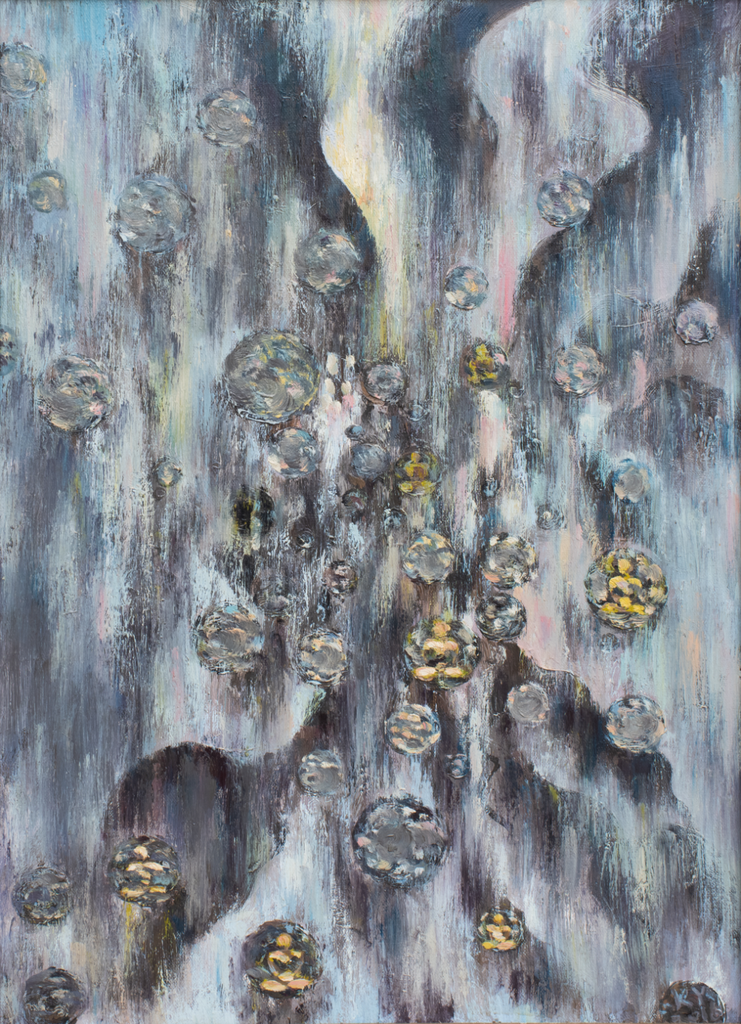
Oil painting "Desolation"
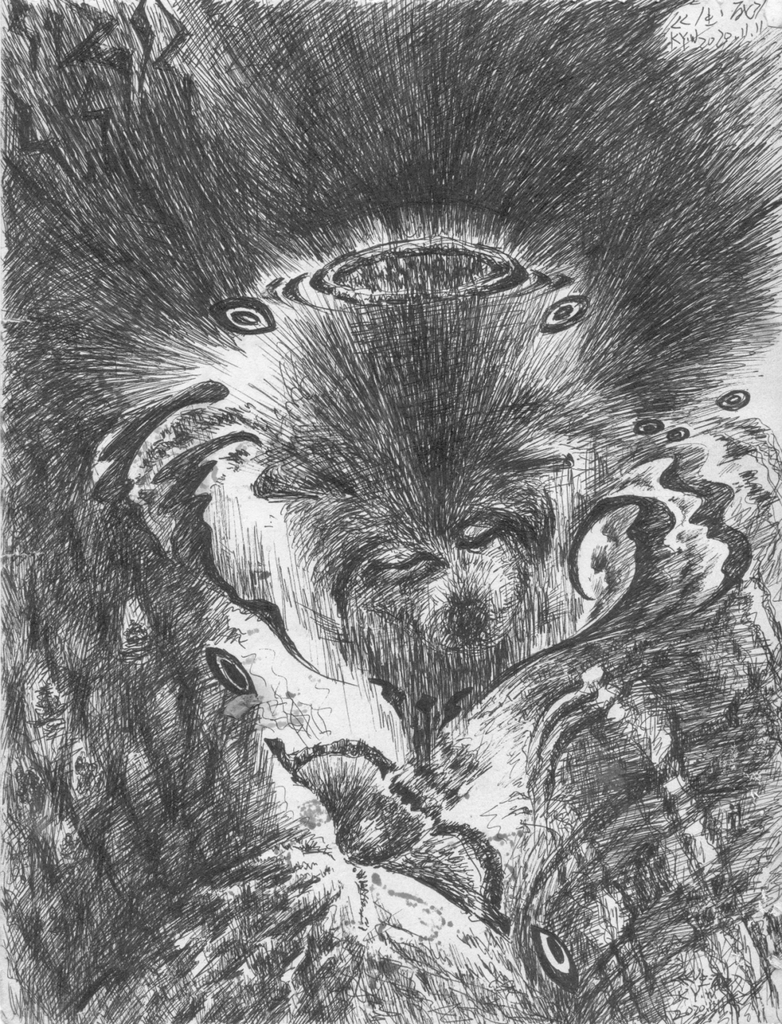
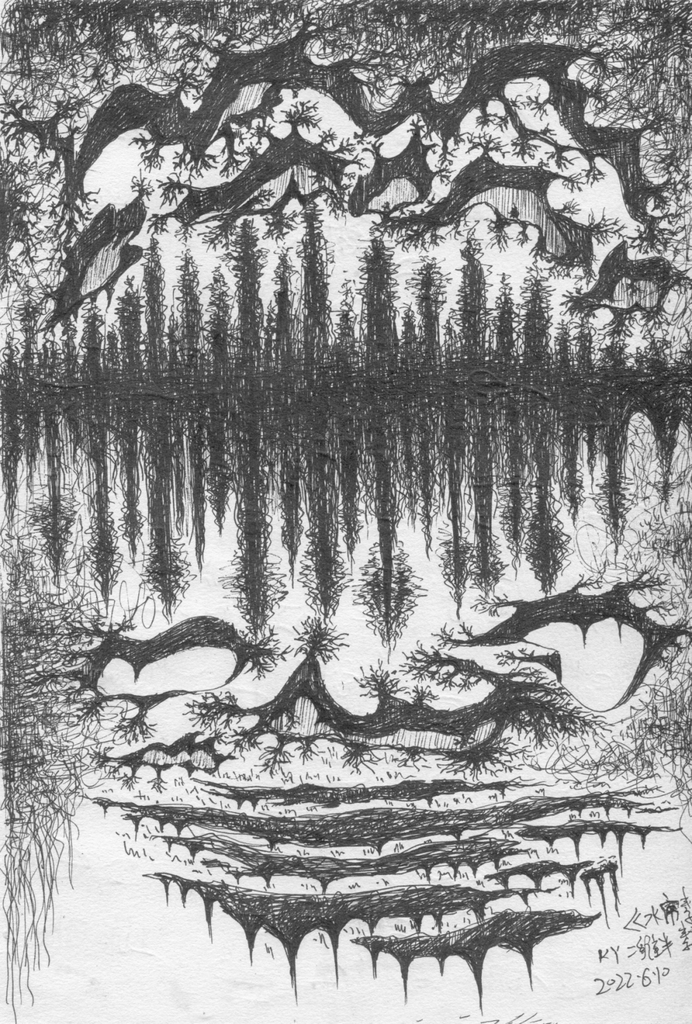
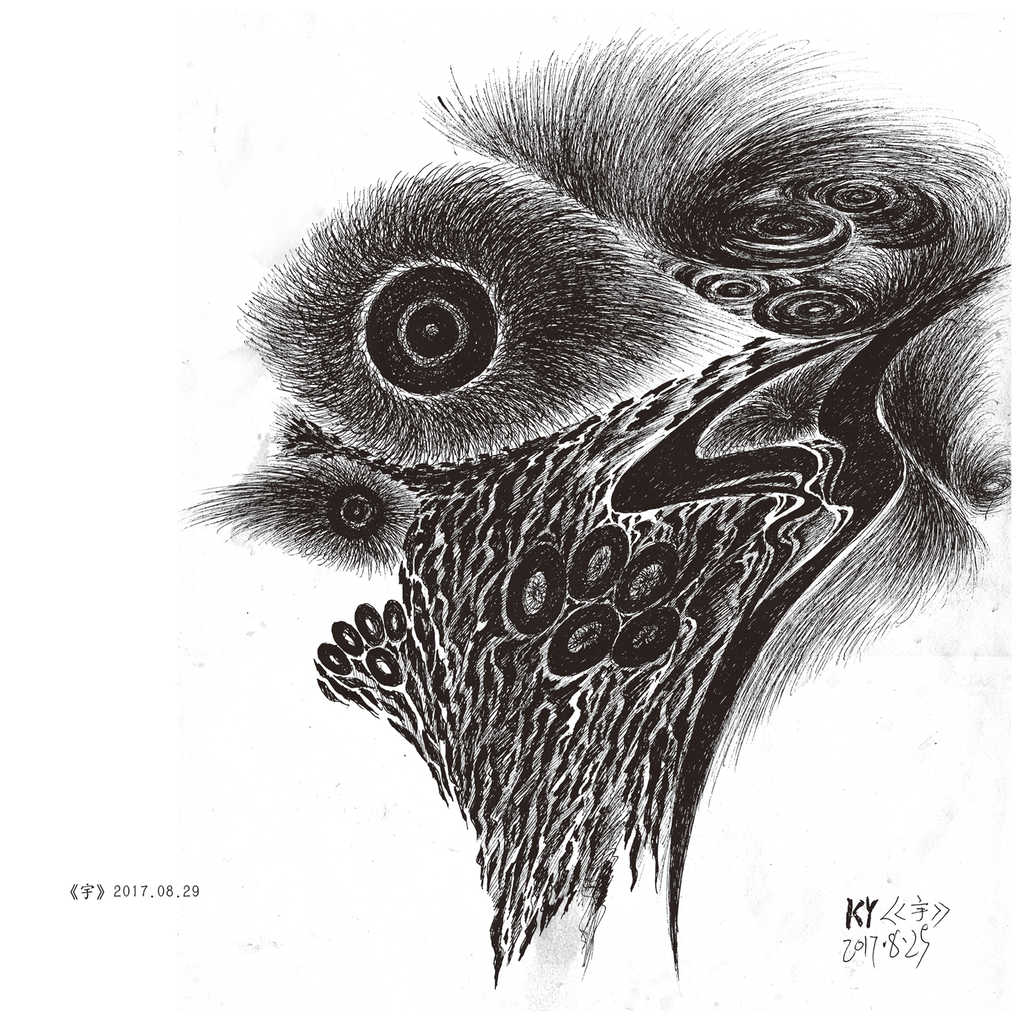
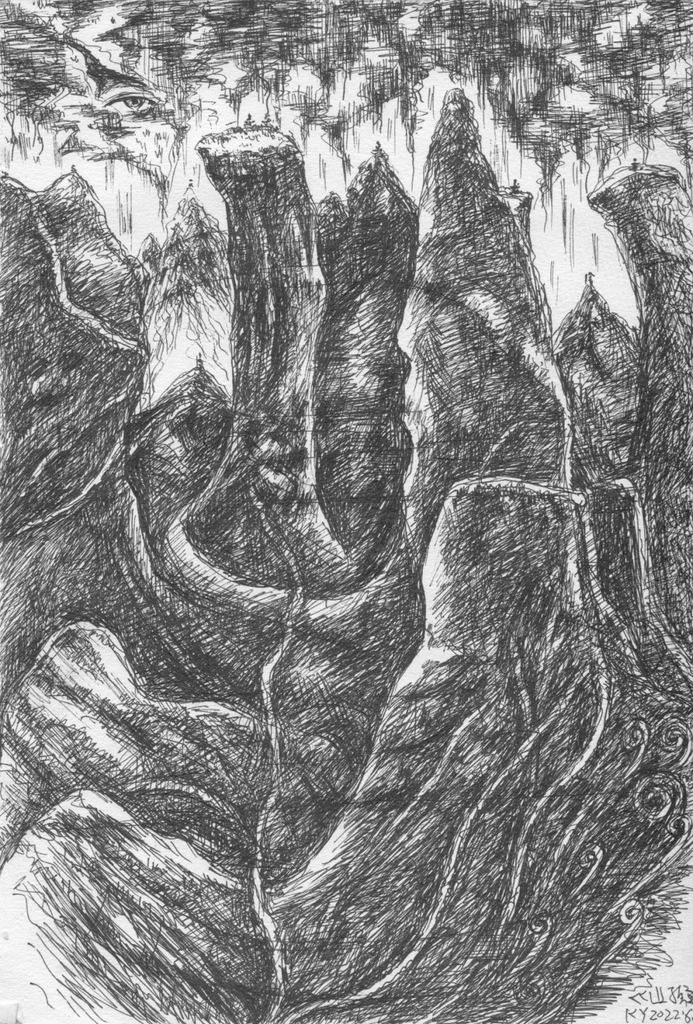

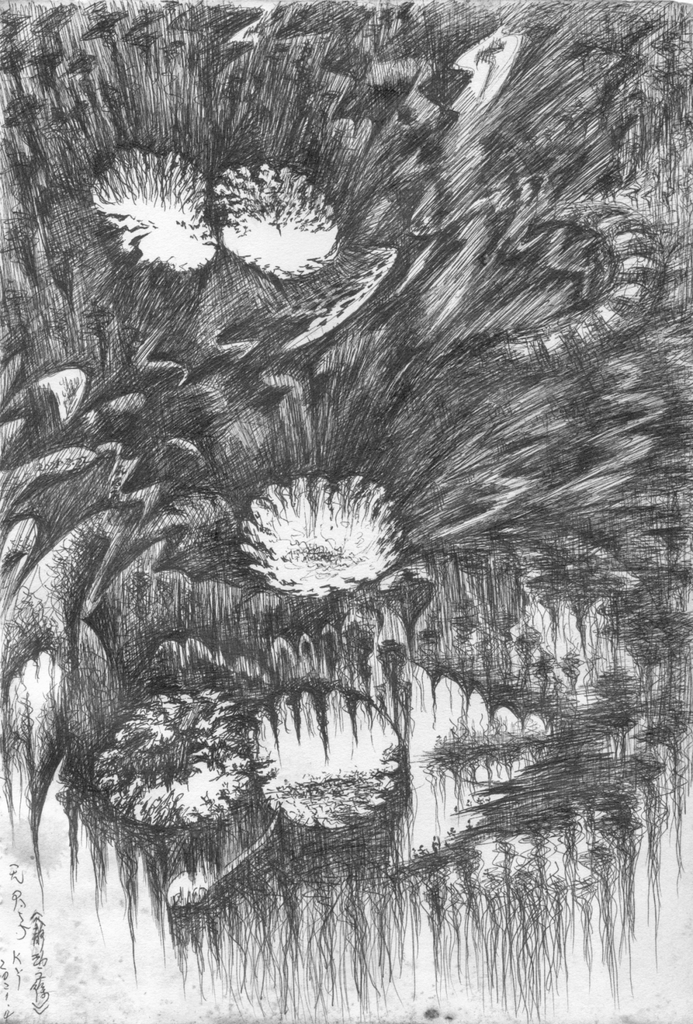
The pictures from left to right are:
"Life and Death", "Water Curtain" and "Yu"
"Mountaintop", "Split Three", "Slow Movement"

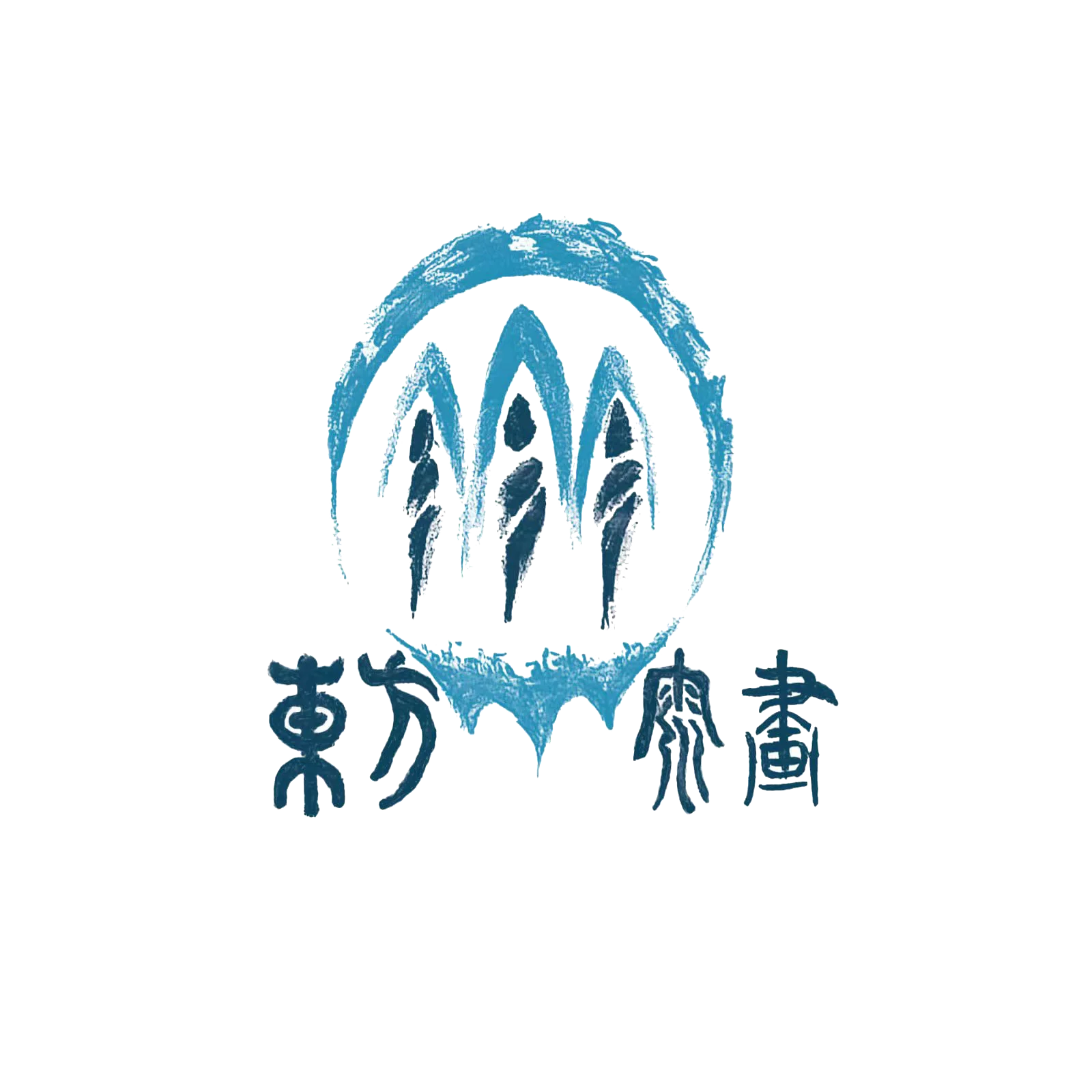
Leave a Reply